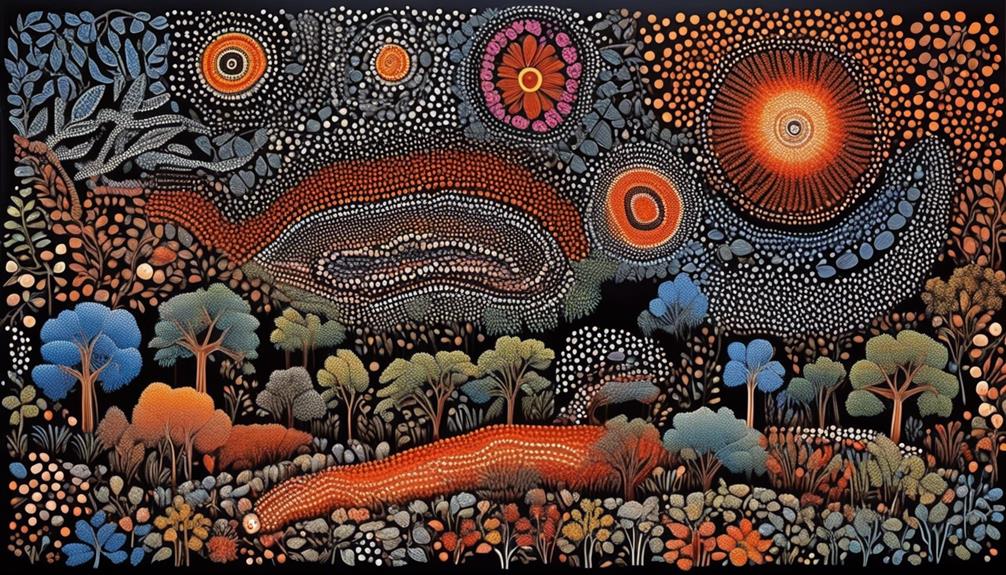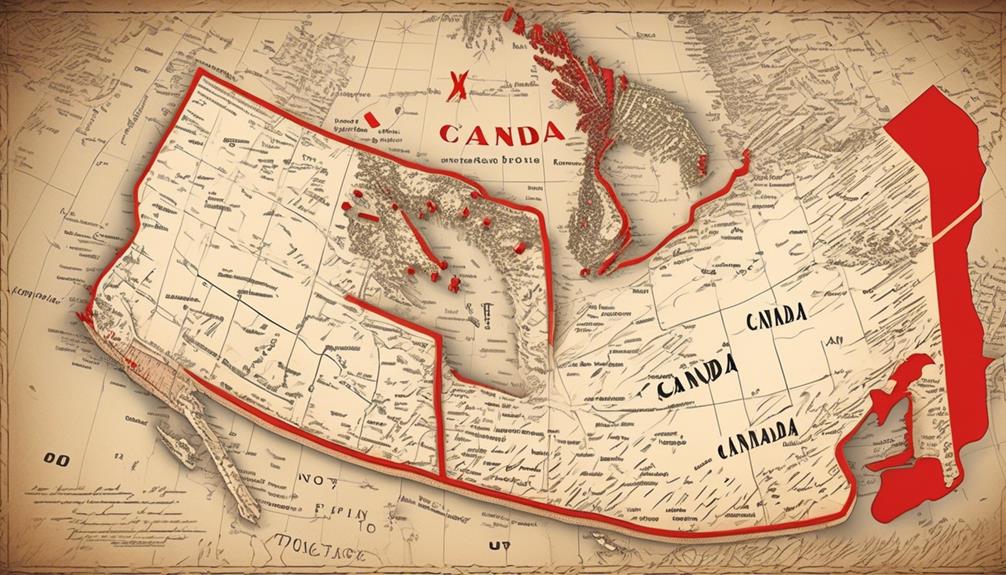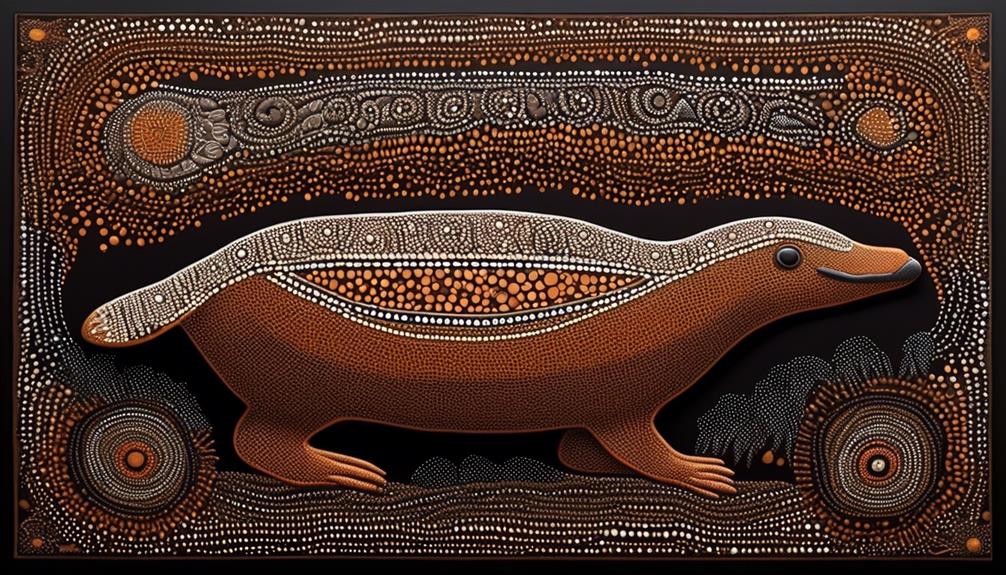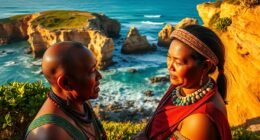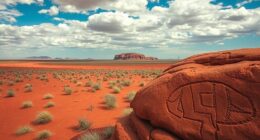Have you ever wondered why it seems like some people’s hair grows faster than others? For example, there is a common belief that Native American people’s hair grows quickly. But is there any truth to this claim?
Many factors can influence hair growth, and genetics play a significant role in determining the rate at which hair grows. However, there are other environmental and cultural influences that come into play as well.
Understanding the complexities of hair growth in different populations can provide valuable insights into the myths and realities surrounding Native American hair growth.
Key Takeaways
- Hormonal influences, such as estrogen and testosterone, can affect the hair growth cycle.
- Genetic predisposition determines hair growth patterns, including the rate, duration of growth phase, and hair strand diameter.
- Native American hair growth rates are consistent with other populations, and there is no scientific evidence supporting faster hair growth in Native Americans.
- Cultural practices and environmental adaptations play a role in Native American hair care but do not accelerate hair growth.
Understanding Hair Growth Rates
Understanding the rate at which your hair grows is essential for taking care of it and achieving your desired length and health. Hormonal influences play a crucial role in determining the speed at which your hair grows. Hormones like estrogen and testosterone can affect the hair growth cycle, leading to changes in the rate of growth.
For instance, during pregnancy, increased estrogen levels can prolong the growth phase, resulting in thicker and faster-growing hair. On the other hand, hormonal imbalances can lead to hair thinning and slower growth.
Nutritional impact also significantly influences hair growth. Your hair needs a variety of nutrients to grow at an optimal rate, including proteins, vitamins, and minerals. A deficiency in essential nutrients can slow down the growth process and even lead to hair loss.
For example, biotin, known as vitamin H, is crucial for maintaining healthy hair growth. It promotes the production of keratin, a key structural component of hair. Similarly, iron deficiency can lead to hair shedding and slower growth.
Genetic Factors in Hair Growth
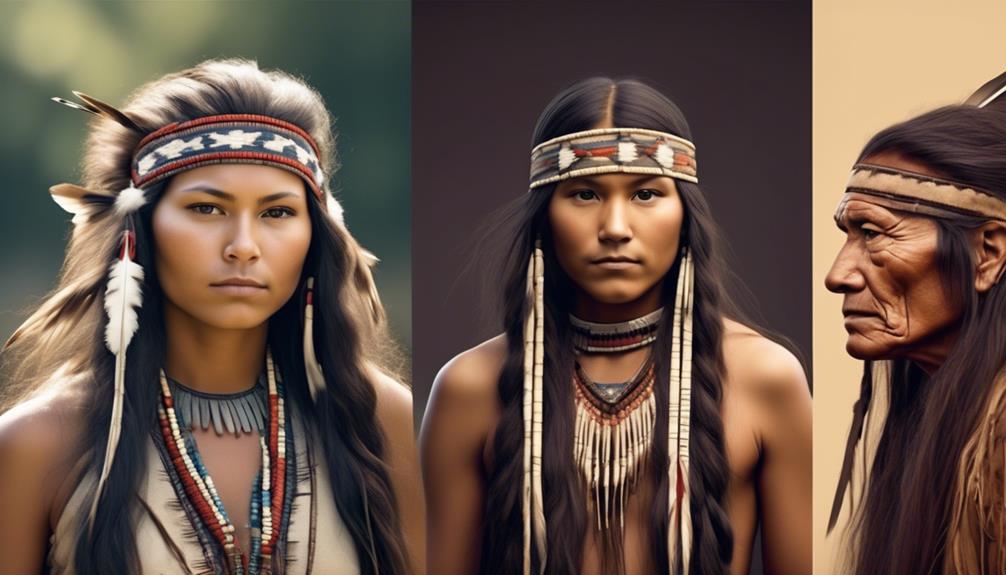
Genetic factors play a significant role in determining the rate at which your hair grows, influencing its thickness and overall health. Your genetic predisposition determines your hair growth patterns, including how fast your hair grows, how long it stays in the growth phase, and the diameter of each hair strand. These factors are largely inherited and can vary among individuals and ethnicities.
For instance, people with Native American ancestry may have genetic characteristics that influence their hair growth, such as a tendency for thicker hair strands or a longer duration of the growth phase.
Understanding the genetic factors involved in hair growth can help you better comprehend why your hair behaves the way it does. It's important to note that while genetics play a significant role in hair growth, other factors such as age, hormones, and overall health also contribute to the overall condition of your hair.
Myth Vs. Reality: Native American Hair Growth
When it comes to Native American hair growth, there are several myths and misconceptions that need to be addressed. Let's debunk some of these cultural misconceptions and get to the reality of hair growth rates for Native Americans.
- Myth Debunked: One common myth is that Native American hair grows faster than other ethnicities. The reality, however, is that hair growth rates are largely consistent across different populations. While genetics play a role in hair growth, it's important to recognize that there's no scientific evidence supporting the idea that Native American hair grows faster than others.
- Cultural Misconceptions: Another misconception is the belief that traditional Native American hair care practices inherently lead to faster growth. While these practices are integral to cultural identity and hair health, they don't necessarily accelerate hair growth. It's essential to appreciate and respect these traditions without attributing unfounded claims about hair growth rates.
- Understanding Reality: The truth is that hair growth rates are primarily determined by genetics, overall health, and individual factors rather than ethnicity. Embracing the diversity of hair growth experiences can help dispel these myths and foster a more inclusive understanding of Native American hair growth.
Environmental and Cultural Influences
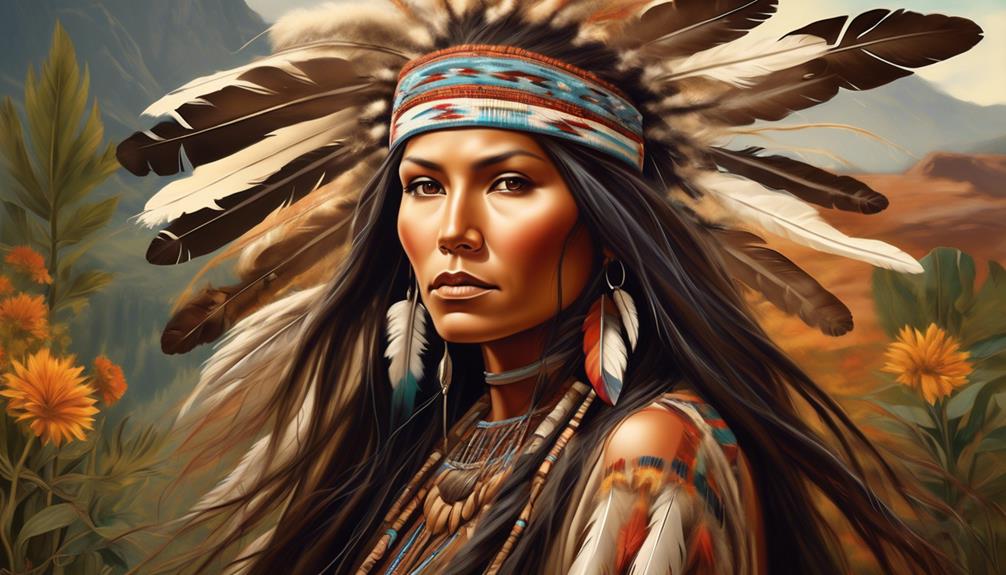
To better understand the complexities of Native American hair growth, it's crucial to acknowledge the significant impact of environmental and cultural influences on hair health and development. Cultural traditions play a fundamental role in shaping the care and maintenance of Native American hair. These traditions often involve the use of natural ingredients and specific grooming practices that have been passed down through generations. This cultural approach to hair care not only fosters a strong sense of identity and connection to one's heritage but also contributes to the overall health and resilience of the hair.
Furthermore, environmental adaptations have played a pivotal role in shaping the characteristics of Native American hair. The harsh climates and diverse landscapes across different regions have led to unique hair traits that have evolved over time. For instance, the dry, arid conditions in some areas have influenced the development of hair that's more resilient to moisture loss.
Understanding how cultural traditions and environmental adaptations have shaped Native American hair growth provides valuable insight into the intricate relationship between heritage, environment, and hair health.
Tips for Healthy Hair Growth
Considering the profound influence of cultural traditions and environmental adaptations on Native American hair growth, implementing effective tips for maintaining healthy hair becomes essential for preserving its natural resilience and vitality. When it comes to promoting healthy hair growth, paying attention to hair care and dietary habits can make a significant difference.
Here are three essential tips to help you achieve optimal hair health:
- Gentle Hair Care Routine: Incorporate a gentle hair care routine that includes using sulfate-free shampoos and conditioners to prevent stripping natural oils from your hair. Additionally, avoid excessive heat styling and harsh chemical treatments that can damage the hair shaft and hinder healthy growth.
- Balanced Diet: Ensure that your dietary habits support healthy hair growth by consuming a balanced diet rich in essential nutrients such as protein, iron, omega-3 fatty acids, and vitamins A and E. These nutrients contribute to the strength and vitality of your hair, promoting optimal growth and minimizing breakage.
- Hydration and Moisture: Keep your hair and scalp well-hydrated by drinking an adequate amount of water and using hydrating hair products. Proper hydration supports overall hair health and growth, while moisture helps prevent dryness and brittleness, fostering a conducive environment for healthy hair growth.
Frequently Asked Questions
Can Native Americans Use the Same Hair Growth Products and Techniques as People of Other Ethnicities?
Yes, Native Americans can use the same hair growth products and techniques as people of other ethnicities.
However, it's essential to consider cultural practices, ethnic hair techniques, and environmental factors.
Be mindful of the unique needs of your hair and look for products and techniques that cater to those specific requirements.
Experiment with different options to find what works best for your hair type and consider seeking advice from professionals familiar with your hair texture.
Are There Specific Cultural Practices or Traditions That Impact Native American Hair Growth?
Cultural practices and traditional beliefs play a significant role in Native American hair care routines. Environmental factors also influence hair growth. Understanding these elements can help you appreciate the holistic approach to hair health in Native American communities.
How Does Traditional Native American Diet and Lifestyle Contribute to Hair Growth?
Incorporating traditional remedies and herbal treatments, the Native American diet and lifestyle contribute to natural hair growth.
Traditional practices and ceremonial haircare, along with the use of natural ingredients, nourish and strengthen the hair.
The diet rich in fruits, vegetables, and lean proteins, along with the use of herbal treatments, promotes healthy hair growth.
These time-honored methods have been passed down through generations, fostering a deep connection to nature and its healing properties.
Are There Any Unique Environmental Factors That Affect Native American Hair Growth?
Environmental influences can impact Native American hair growth. Factors like climate, air quality, and water quality play a role. Additionally, genetic predisposition can also affect hair growth rates.
Understanding these influences can help you make informed decisions about your hair care routine and overall health. It's important to consider these factors and seek advice from professionals to ensure that you're taking the best possible care of your hair.
Are There Specific Hair Care Routines or Rituals Within Native American Communities That Promote Faster Hair Growth?
In Native American communities, traditional remedies and herbal treatments are often used to promote hair growth. Ceremonial practices and spiritual connections are also intertwined with hair care, emphasizing the holistic approach to nurturing hair health.
These rituals not only focus on physical attributes but also encompass emotional and spiritual well-being. By incorporating these practices into your hair care routine, you can tap into the wisdom of generations and cultivate a deeper connection with your hair.
Conclusion
So, does Native American hair grow faster? The answer isn't necessarily.
While genetic factors can play a role in hair growth rates, it's important to consider environmental and cultural influences as well.
Interestingly, studies have shown that on average, hair grows at a rate of about 0.5 inches per month.
Remember, taking care of your hair and maintaining a healthy lifestyle can promote healthy hair growth, regardless of your genetic background.
Keep nurturing those locks!
Mary is a passionate writer who brings creativity and a fresh perspective to our team. Her words have the power to captivate and inspire, making her an essential contributor to our content. Mary’s commitment to storytelling and dedication to promoting Indigenous culture ensures that her work touches the hearts of our readers. We’re fortunate to have her as part of our team.



